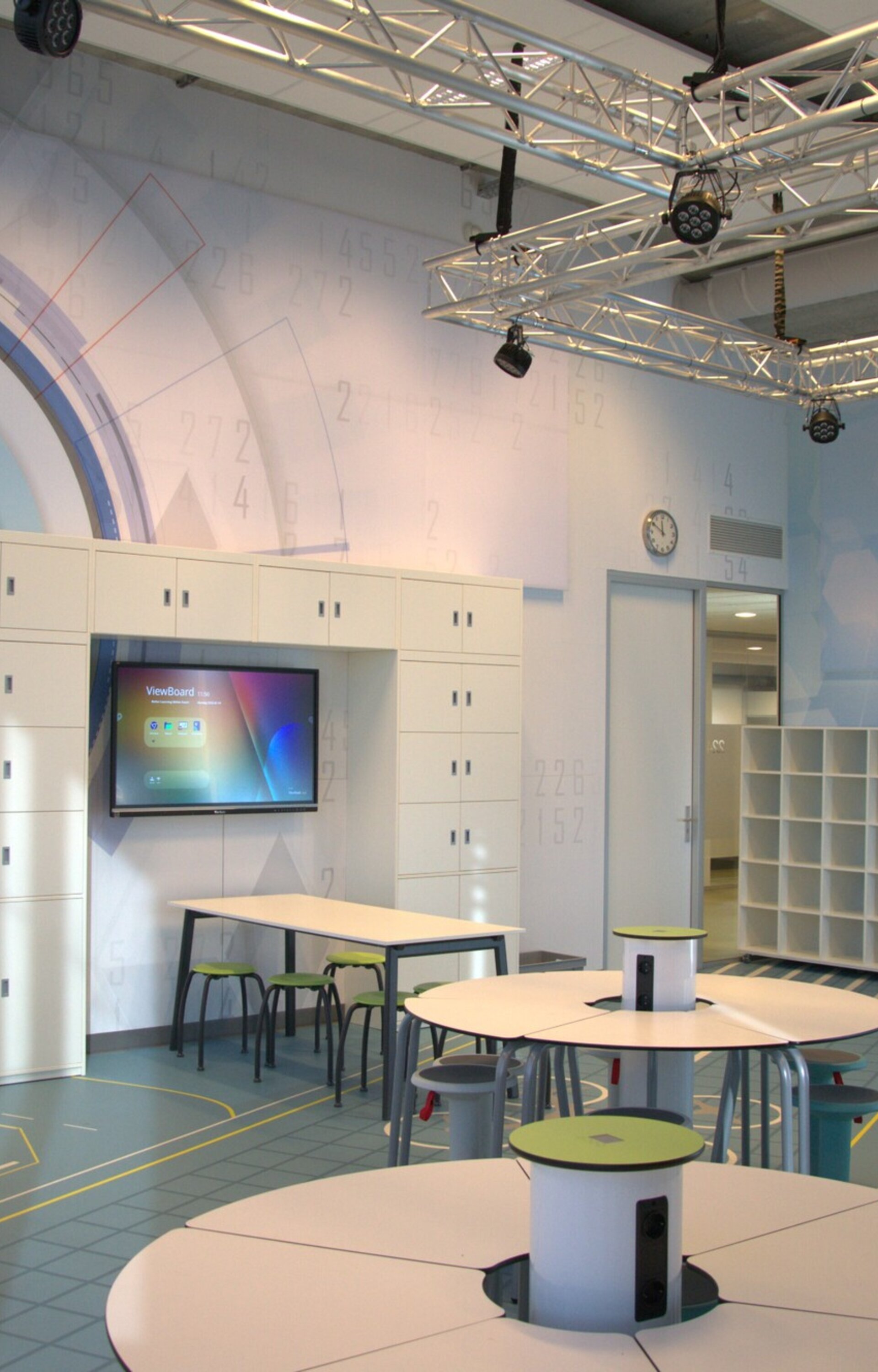

The traditional classroom is in decline have undergone a major transformation over the years. The chalkboards have been replaced by digital boards, projectors and touchscreens. In this blog article we discuss 5 benefits of these interactive screens and how they ensure an improved learning process and higher engagement with students.
You undoubtedly know the expression ' One picture says more than a thousand words' . It refers to the fact that people retain concepts more easily and better when they are visually represented or supported. Simply put, people remember images much better than words, especially over a longer period of time.
Interactive screens provide a wide range of visual and auditory stimulation. With vibrant colors, razor-sharp images and sound effects, teachers can present and explain complex concepts in an engaging and understandable way. By using multimedia content such as videos, images and animations, teachers can hold students' attention and engage them in the learning process. And that works!
A second advantage of interactive screens is the ability to actively involve students in the lesson through hands-on teaching. Touchscreens allow students to work directly on the screen, giving them the ability to write, draw, drag and make connections. This promotes hands-on learning and encourages student involvement, as they actively participate in class and can present and test their own ideas and solutions.
Another interactive way to further increase student engagement is by applying gamification in the classroom. Increasingly popular in education, gamification involves transforming lesson content and activities into games, using points, rewards and competitive elements to boost student motivation and engagement. Digital boards, projectors and touchscreens are ideal for this!
Interactive screens enable shared learning. Students can communicate with each other and share information via the screen, for example by presenting group projects or solving problems together. These are essential skills in today's professional world. Furthermore, by encouraging students to collaborate and share their knowledge, interactive displays increase student engagement and motivation during class.
Finally, interactive screens make it possible to quickly switch between different forms of teaching. Every student has a unique learning style and the use of interactive screens can accommodate this diversity. Teachers can present different learning activities and learning resources on the screen, responding to the needs and preferences of individual students. Educational institutions provide tailor-made personal education.
It is clear that the introduction of digital boards, projectors and touchscreens has an impact on education has been beneficial . Would you like more information about how interactive screens increase student engagement? Or are you curious about the possibilities for your educational institution? Please feel free to contact us! Or view our range of digital boards , projectors and touchscreens directly.